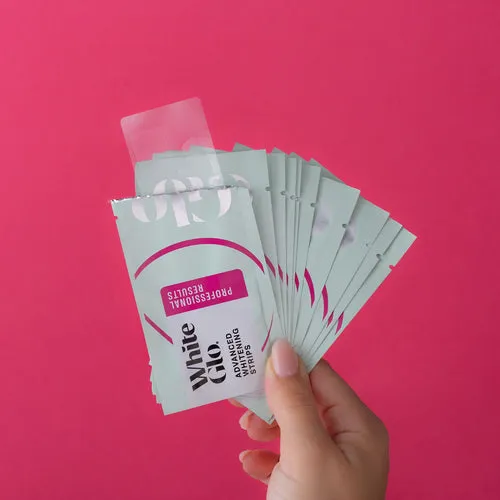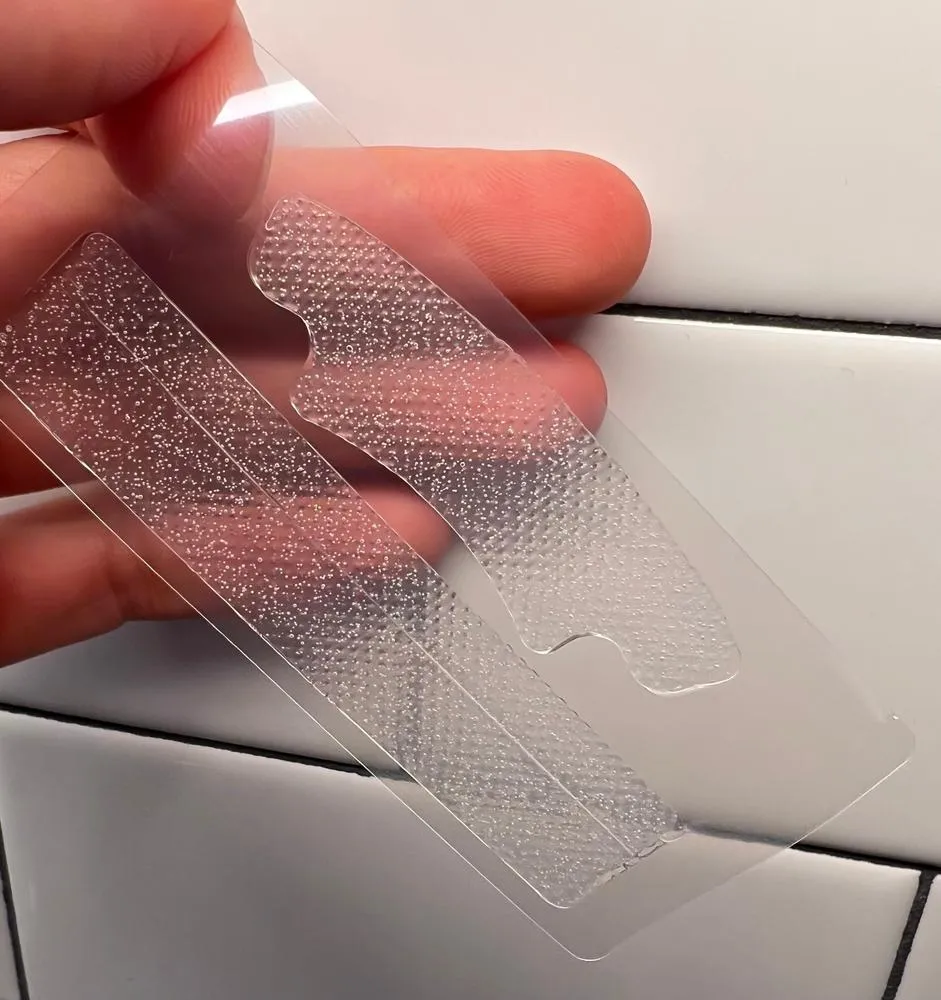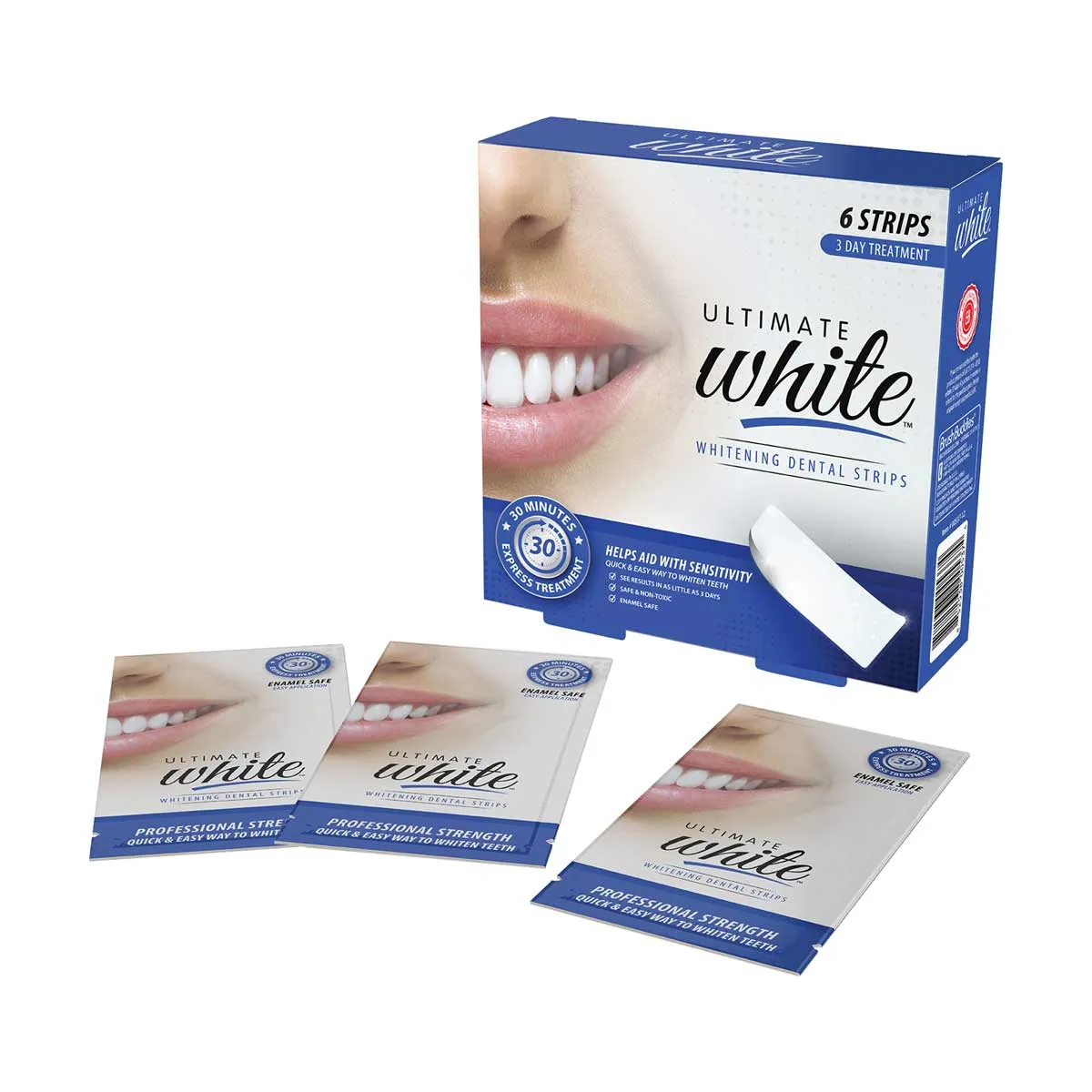What are Whitening Strips?
Whitening strips have become a popular method for achieving a brighter smile. These thin, flexible strips are coated with a peroxide-based bleaching agent, typically hydrogen peroxide or carbamide peroxide. Designed to be applied directly to the teeth, they adhere to the tooth surface and are intended to break down stains and discoloration. The convenience and accessibility of these strips make them a go-to option for many seeking a quick cosmetic fix. However, understanding how they work and their potential effects on the surrounding tissues, particularly the gums, is crucial before use.
How Do Whitening Strips Work?
The primary function of whitening strips involves the oxidation of stain molecules within the enamel. The active ingredient, usually hydrogen peroxide, penetrates the enamel and reacts with the organic compounds responsible for discoloration. This chemical reaction breaks down these compounds into smaller, less noticeable molecules, effectively making the teeth appear whiter. The process is gradual, with noticeable results typically appearing after several days or weeks of consistent use. The effectiveness of whitening strips can vary depending on the concentration of the active ingredient, the duration of application, and the individual’s oral hygiene habits.
Understanding the Ingredients in Whitening Strips

The key ingredient in most whitening strips is a peroxide-based bleaching agent, either hydrogen peroxide or carbamide peroxide. Hydrogen peroxide is the more potent of the two and is often used in professional whitening treatments. Carbamide peroxide breaks down into hydrogen peroxide over time, offering a slower, sustained release. Besides the active bleaching agent, whitening strips also contain other ingredients, such as adhesives to help the strip adhere to the teeth, humectants to maintain moisture, and flavoring agents to improve taste. The concentration of peroxide can vary, and this can affect both the whitening results and the potential for side effects like gum irritation and tooth sensitivity. Always read the product label and instructions carefully.
What Causes Gums to Turn White?
The whitening of gums is generally a sign of irritation rather than a desired effect. When gums turn white, it often indicates that the bleaching agent has come into direct contact with the soft tissue. This can occur if the strip is too large and overlaps the gum line, or if the strip is not applied properly. The peroxide in the whitening strips can cause the gums to blanch or whiten due to a chemical burn. This is a temporary reaction, and the gums should return to their normal color once the exposure to the peroxide ceases. If the whiteness persists or is accompanied by other symptoms, it’s essential to seek professional dental advice.
Can Whitening Strips Actually Whiten Gums?
No, whitening strips are not designed to whiten gums. In fact, whitening strips should not make your gums white. The active ingredients in whitening strips, such as hydrogen peroxide, are intended to penetrate the enamel of the teeth and break down stain molecules. The gums, being soft tissue, are not designed to withstand the bleaching action, and any whitening effect on the gums is a sign of irritation or a chemical burn. Healthy gums have a natural color, ranging from pink to coral, and any significant change in color, especially whitening, is typically a cause for concern. The primary goal is to maintain healthy gums while whitening teeth.
Factors that Influence Gum Color

Several factors can influence the natural color of your gums. Genetics play a significant role, with some individuals naturally having lighter or darker gums. Oral hygiene practices are crucial; proper brushing and flossing can help maintain healthy, pink gums. Smoking and tobacco use can lead to gum discoloration, often resulting in a darker hue. Certain medical conditions, such as anemia or gingivitis, can also affect gum color. Lastly, the use of certain medications can sometimes impact gum health and appearance. If you notice significant changes in your gum color, consult with a dentist to rule out any underlying issues.
How to Protect Your Gums During Whitening Strip Use
Protecting your gums is essential when using whitening strips. Make sure the strips fit properly, avoiding any overlap onto the gum tissue. Trim the strips if necessary, ensuring they cover only the teeth. Apply the strips carefully, pressing them gently onto the teeth to ensure good contact without touching the gums. Follow the manufacturer’s instructions closely, including the recommended application time. If you experience any gum irritation, discontinue use and consult your dentist. Consider using a desensitizing toothpaste to reduce any sensitivity, and maintain excellent oral hygiene to keep your gums healthy.
Precautions to Take When Using Whitening Strips
Taking precautions can help minimize the risk of adverse effects. Choose reputable brands and products that are approved for use. Always read and follow the directions provided with the strips. If you have sensitive teeth or gums, consider consulting your dentist before starting the treatment. Avoid using whitening strips if you have existing gum disease, cavities, or other dental issues. Be mindful of the application time and frequency, as overusing whitening strips can increase the risk of sensitivity and gum irritation. It is important to have regular dental checkups and cleanings to monitor your oral health and address any concerns.
Signs of Gum Irritation and What to Do

Recognizing the signs of gum irritation is crucial. Symptoms may include white or red patches on the gums, burning sensations, swelling, and tenderness. If you experience any of these symptoms, stop using the whitening strips immediately. Rinse your mouth with water and, if the irritation persists, consult your dentist. Your dentist can assess the extent of the damage and recommend appropriate treatments, such as topical medications or adjustments to your oral hygiene routine. Avoid irritating the area further and allow your gums time to heal before considering any further whitening treatments.
Other Causes of Gum Discoloration
Gum discoloration can stem from various sources beyond whitening strips. Poor oral hygiene, leading to the buildup of plaque and bacteria, can cause inflammation and changes in gum color. Smoking and chewing tobacco can lead to darker, often brownish, gums. Certain medications may also contribute to discoloration. In some cases, systemic diseases or infections can manifest as changes in gum appearance. If you notice any unusual changes in your gum color, especially if they are accompanied by pain, swelling, or bleeding, see your dentist promptly to get a proper diagnosis.
Alternatives to Whitening Strips for Gum Health
Several alternatives can help you achieve a brighter smile while maintaining gum health. Professional teeth whitening performed by a dentist offers controlled application and monitoring, minimizing the risk of gum irritation. Maintaining excellent oral hygiene, including regular brushing, flossing, and professional cleanings, helps prevent stains and keeps your gums healthy. Consider using a whitening toothpaste, which can help remove surface stains without the potential for significant gum irritation. Avoiding habits like smoking and excessive consumption of staining foods and drinks can also contribute to a healthier, brighter smile and improved gum health. Regularly consulting with your dentist will help you choose the most appropriate and safe methods for your oral care needs.
